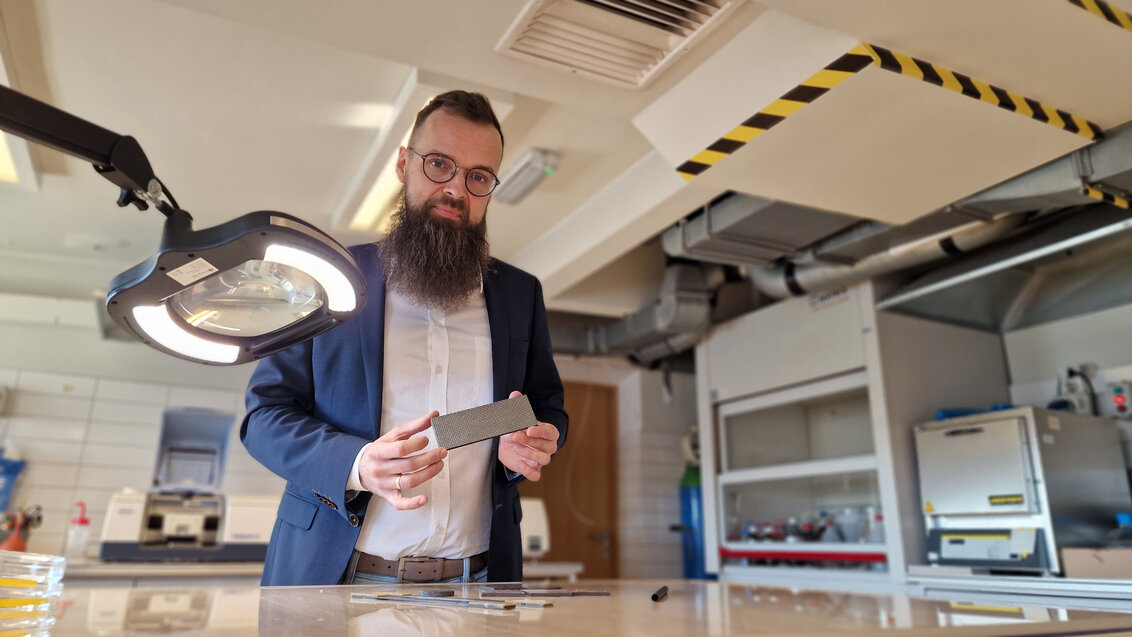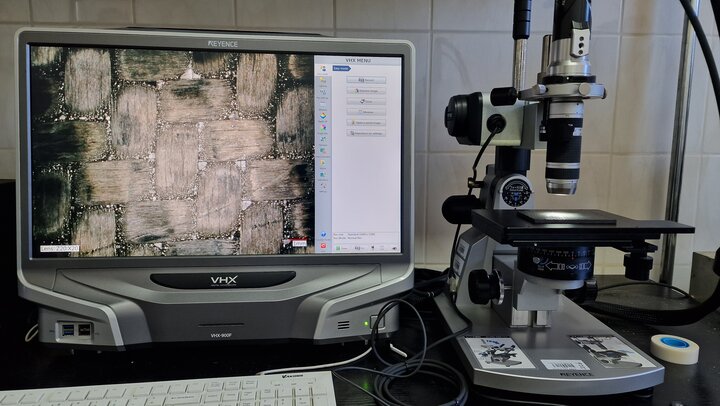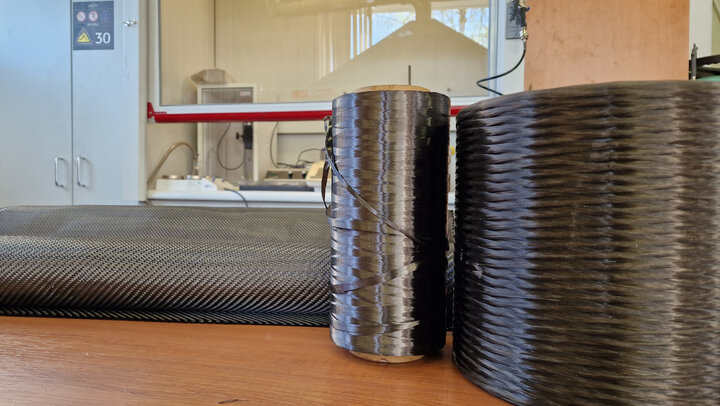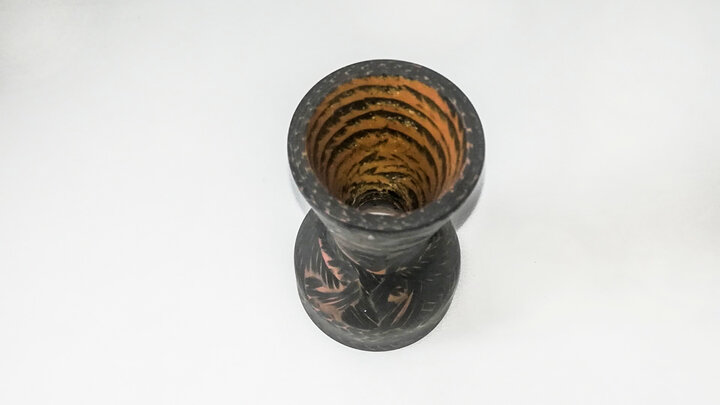
Illustrative image. Photo: Dreamstime
CFRC materials are highly resistant carbon composites, albeit difficult to produce. Only a handful of companies hold the secrets of the manufacturing technology, which cooperate with a limited number of clients. AGH University researchers are working on a competitive manufacturing technology, which will be available to Polish companies in the space and arms sectors. Scientists want to use the composites to build a rocket nozzle.
A nozzle is one of the most important elements of every rocket engine. Its specific profile (the so-called ‘de Leval tube’) is responsible for propelling the gases created as a result of fuel combustion to supersonic exit speeds. Their flow should remain unobstructed to keep flight parameters at stable levels. Achieving this state is no easy feat because the hot stream of gases reacts mechanically with the walls of the nozzle, washing off the particles of the material it was made of. The most erosion-vulnerable part is the nozzle’s necking, that is, its throat. Even the smallest deviation in its cross-section can have an impact on the rocket’s performance. Therefore, scientists continue to search for new and less erosion-vulnerable materials.
Sturdy composites
One of the materials that scientists have recently taken under their microscopes is CFRC (Carbon Fibre-Reinforced Carbon). It is characterised not only by its high resistance to high-temperature corrosion but also by a reduced mass as compared to refractory metals used to create space rocket nozzles or pyrolytic graphites used in some tactical ballistic missiles. Replacing them with lighter materials would facilitate a reduction in the energy cost required for launch and flight, and, as a result, decrease the volume of fuel consumed.
CFRCs are composites made of carbon fibre reinforcement and a matrix of graphite. They are also known as carbon-carbon composites (C/C). All the components are merged during a heat treatment process. They include a wide range of materials, the properties of which are defined by the choice of the matrix precursor and the architectural layout of the fibres. The former influences the microstructure of the material, and the latter allows producers to give it anisotropic properties. Depending on the number of directions of fibre distributions, we distinguish 2D, 3D materials, etc.
Dr Eng. Maciej Gubernat presents a sample of a CFRC material created at the Faculty of Materials Science and Ceramics





 Pre-election meeting with a candidate for the position of rector
Pre-election meeting with a candidate for the position of rector  Agreement on cooperation with OPAL-RT
Agreement on cooperation with OPAL-RT  Krakow DIANA Accelerator consortium members with an agreement
Krakow DIANA Accelerator consortium members with an agreement  Meeting with the Consul General of Germany
Meeting with the Consul General of Germany  More Academic Sports Championships finals with medals for our students
More Academic Sports Championships finals with medals for our students  Launch of AGH University Student Construction Centre
Launch of AGH University Student Construction Centre  Bronze for our swimmers at Academic Championships
Bronze for our swimmers at Academic Championships  Smart mountains. AGH University scholar develops an intelligent mountain rescue aid system
Smart mountains. AGH University scholar develops an intelligent mountain rescue aid system